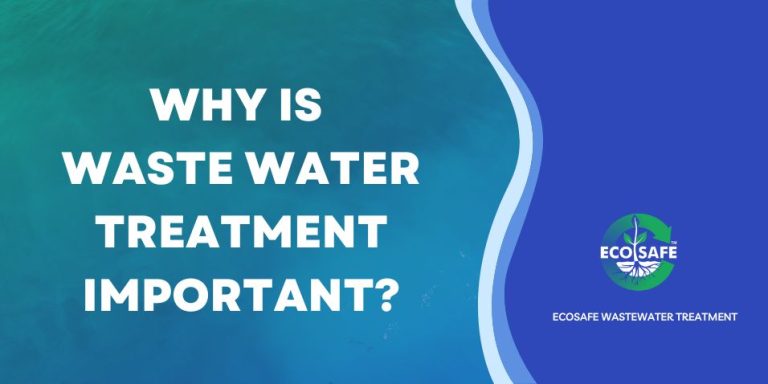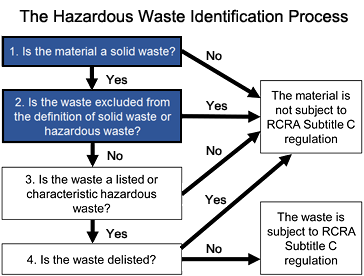Reclaim Waste for Beginners
Reclaim Waste for Beginners
Blog Article
The Definitive Guide to Reclaim Waste
Table of ContentsHow Reclaim Waste can Save You Time, Stress, and Money.A Biased View of Reclaim WasteThe smart Trick of Reclaim Waste That Nobody is Talking AboutA Biased View of Reclaim WasteReclaim Waste - Truths
Domestic sewage waste refers to the waste and products from a property septic container. The appropriate administration and disposal of domestic sewer waste require fluid waste to be moved to a sewage therapy plant where the appropriate techniques and tools are applied to cleanse and dispose of waste.
Commercial waste usually includes possible dangers, such as flammable products or a combination of liquid and strong waste items, and requires an advanced and comprehensive disposal procedure. The disposal of industrial waste commonly involves the purification of waste before transportation to make certain secure and proper disposal. Industrial waste is produced from byproducts and runoff of commercial processes and manufacturing.
This sort of waste can not use the exact same sewer management transportation or processes as septic or industrial liquids. The industrial waste administration procedure needs the inspection and testing of liquid waste before it undergoes the disposal process (liquid waste removal melbourne). Overflow waste is the liquid waste that comes from runoff and excess stormwater in highly populated areas or cities
Runoff waste can create contamination and flooding if not handled properly. Making certain correct waste monitoring can avoid disasters and lower ecological harm.
The Single Strategy To Use For Reclaim Waste
Contact PROS Solutions today to learn more about our waste management and disposal solutions and the correct methods to look after the liquid waste you create.
(https://www.mixcloud.com/reclaimwaste1/)Do you know what takes place to your water when you end, purge the bathroom or drain the cleaning machine? No? Well, it deserves understanding. This so-called 'wastewater' is not only a crucial resource yet, after therapy, will be launched to our land, rivers or the ocean. Used water from commodes, showers, baths, kitchen sinks, washings and commercial processes is referred to as wastewater.

water used to cool down machinery or clean plant and devices). Stormwater, a type of wastewater, is drainage that flows from agricultural and urban locations such as roofing systems, parks, yards, roadways, paths and seamless gutters into stormwater drains, after rainfall. Stormwater moves Learn More Here without treatment straight to local creeks or rivers, ultimately reaching the ocean.
See This Report about Reclaim Waste
In Queensland, many wastewater is treated at sewage treatment plants. Wastewater is moved from residential or commercial sites with a system of sewers and pump terminals, recognized as sewage reticulation, to a sewage treatment plant.
The Division of Natural Resources advises city governments regarding handling, operating and maintaining sewage systems and therapy plants. In unsewered areas, local federal governments might need householders to install specific or family sewage treatment systems to deal with domestic wastewater from toilets, kitchens, bathrooms and washings. The Division of Natural Resources authorizes using home systems when they are proven to be efficient.
In some new communities, therapy of some stormwater to eliminate trash, sand and crushed rock has started using gross contaminant catches. Wastewater therapy takes place in 4 stages: Removes strong matter.
Makes use of tiny living organisms recognizes as micro-organisms to break down and eliminate staying liquified wastes and fine particles. Micro-organisms and wastes are integrated in the sludge.
The Facts About Reclaim Waste Uncovered
Nutrient removal is not available at all sewer therapy plants since it calls for expensive specialised equipment. It is becoming more usual in Queensland. Clear fluid effluent generated after treatment may still include disease-causing micro-organisms. If this effluent is released into waterways such as rivers or the sea, the micro-organisms will eventually pass away out.

This typically indicates wastewater has to be treated or contaminants removed prior to it can be released to waterways. Many wastewater flows right into the sewerage system. Under the Act, city governments provide approvals and permits for eco appropriate tasks (Ages) including wastewater releases that could have a local effect. The department administers authorizations and licences to ERAs entailing wastewater releases that could have a regional or statewide influence.
Some Of Reclaim Waste
Or else, examples are taken for lab analysis. Usually lots of tests are required to establish the levels of each of the different pollutants such as oils, heavy steels and chemicals in water. Surveillance provides valid info concerning water quality and can validate that permit conditions are being fulfilled. The details obtained through tracking gives the basis for making water quality decisions.
Report this page